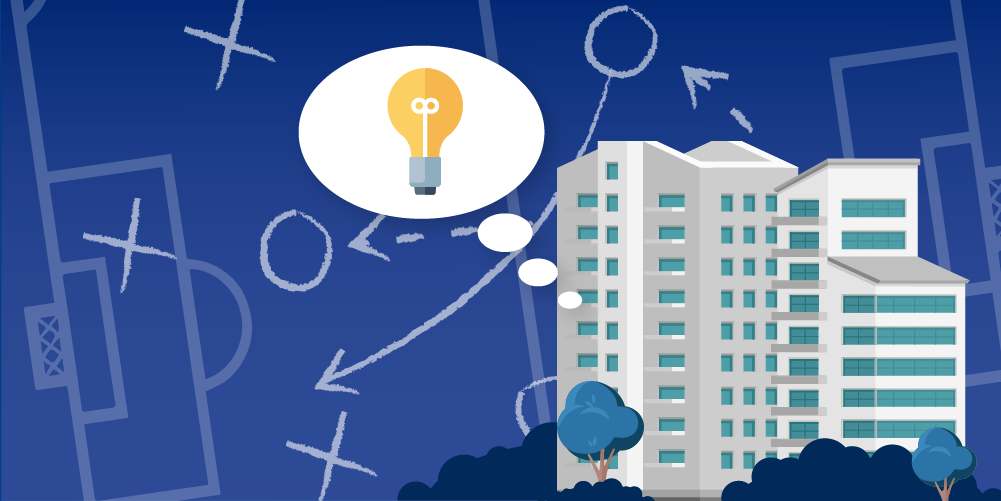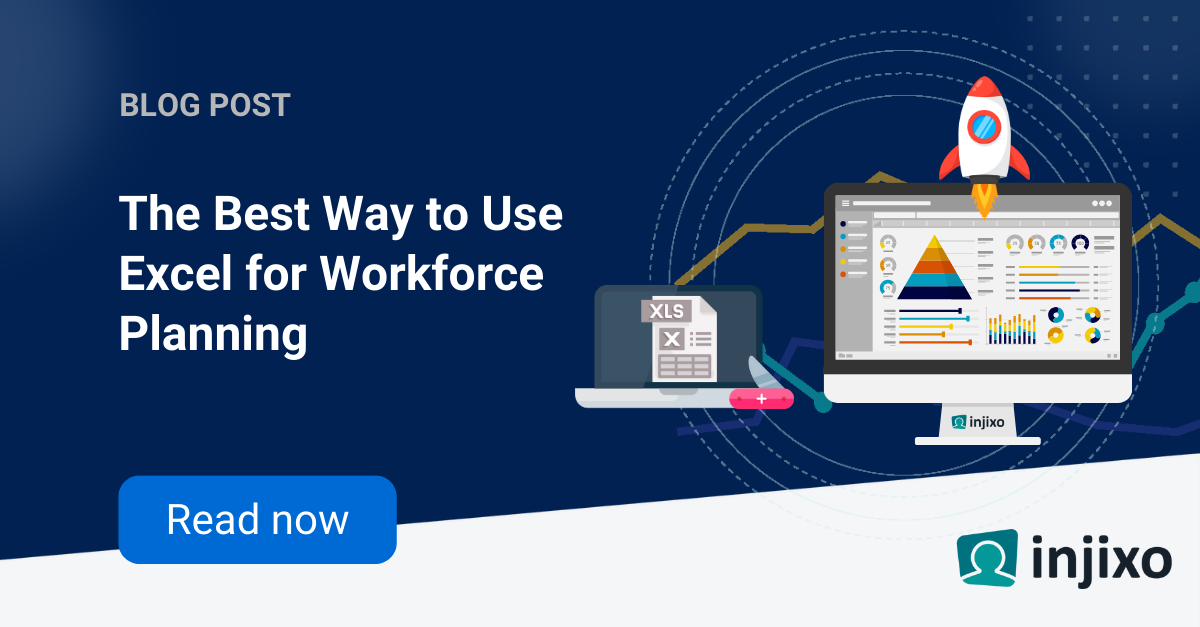I read an article late last year about an airline that was going to do away with phones as a contact channel. At first, I was shocked. I understand that from a pure efficiency perspective taking things digital makes sense. From a customer perspective, people are migrating to non-voice channels as well. So while I was initially surprised, as I started to think through it, it wasn’t as wild as it seemed. That said, it could be viewed as a huge negative from a customer’s point of view.
While it’s true that more is going digital from a consumer preference perspective, and it’s less expensive to service, the reality is that there are some contact reasons that are better handled via voice because:
- Sometimes a customer just needs to be heard.
- Customers want to know that there is someone on the other side who is owning the issue.
- With email, your request feels like it’s going into the ether, and with chat, you’re not always sure if you’re talking to a person or a bot.
Anyone following the stock market these days knows that the companies being rewarded by Wall Street are those that are showing profit. With that added pressure, there may be a lot more migration to digital channels and less voice. But what makes the most sense for your contact center and its customer experience goals? The direct cost for servicing is only one part of the equation. If you lose customers or have lower NPS (so less growth), you may be hurting top-line revenue even more and actually damaging profitability.
How to think about your channel strategy
I would argue the #1 reason people contact customer service is to have an issue resolved. This is the case across most industries. If your customer service is geared toward issue resolution, then you should absolutely look at how to correlate your first contact resolution (FCR) with your contact channel. There are a lot of ways to measure FCR, but generally, it’s looking at when customers contact you with the same reason within a certain amount of time (generally 3, 7 or 10 days). There are some other metrics to consider as well and we’ll get to those a little later in the blog.
Why FCR? It’s because your customers don’t just want resolution, they want it without contacting you multiple times. Different contact reasons may have different FCR results for each channel.
For example: if your company has a return policy that requires the customer to submit pictures of a damaged item and you direct (or encourage them) to a voice channel, it may add a second contact unnecessarily. However, if there is an issue with fraud, having the customer talk directly to a person not only instills confidence in them that you are on top of it, but you may be able to resolve it with them on the phone.
As you’re thinking about channel options, you want to think about contact reasons for each channel and:
- Review the contact reasons you track and your ability to look at the outcomes for each contact reason.
- Enable reporting to look at how each channel performs against the metrics you need to consider in your channel strategy.
In order to determine the best channel strategy, you may need to re-define your contact reasons and build out new reporting to look at how those contact reasons perform in the different channels. Metrics to consider correlating your contact reason to channel are: CSAT (Customer Satisfaction), NPS (Net Promoter Score) and Customer Retention Rate.
>> You can read more about the importance of CSAT in this blog post.
Channel options and considerations for each
Let’s look at some of the primary channel options, each with its own set of pros and cons.
Pros:
- Provides great efficiency because you can run at 100% occupancy.
- Allows the customer to explain their issue in detail.
- Provides the company time to research and come back with a comprehensive answer.
Cons:
- Not time sensitive.
- May make the customer feel like their issue isn't being owned.
- May require several back-and-forth communications across several days.
Considerations:
- This is a good channel to have available for customers, but ideally this isn’t their only option.
- Clearly set the customer’s expectations around when they’ll hear back from you (e.g. “We will respond to your inquiry within 24 hours”).
Phone
Pros:
- Immediate access to talk to someone: Customers feel like their issues are being owned.
- Ability to defuse an upset customer and turn an issue into an opportunity.
- Complex issues can be explained and issues better diagnosed through back-and-forth dialogue.
Cons:
- Some contacts require digital engagement (e.g. the need to send pictures or other details electronically).
- When research is required, it will generate another contact.
- Customers expect their issue to be resolved while they are on the phone, so if your process requires followup this channel may cause dissatisfaction.
Considerations:
- This is a critical channel to have available, even if few people utilize it.
- Not having phones at all can create customer dissatisfaction, even if it’s not the best channel for resolution.
Chat
Pros:
- Provides great efficiency because you can run at 2 or 3 concurrency.
- Immediate engagement with the customer can help build confidence in the experience (as compared to email which is not real-time).
- Customers can both explain their issue and have the issue diagnosed with back-and-forth dialogue, but it can also create the need to support digital communication as well.
Cons:
- If you use a bot, that may cause confusion with customers (“Am I talking to a bot or a person?”).
- It's real-time communication, but more difficult than phones to de-escalate challenging situations.
- Leveraging agent concurrency may cause “dead air” in responding back to customers, which may cause dissatisfaction.
Considerations:
- Chat is the best channel for many contact types today. It should be a part of your contact strategy.
- Employees need to understand how to both multitask and provide confidence to each customer that they are effectively engaged in solving their issue.
Another term you may hear is called “asynchronous.” This is an engagement that isn't fully resolved real-time and may involve several different channels, e.g. SMS, social media or additional chat.
Here’s an example: a customer begins a chat on their phone while they're still at work with an ecommerce company, asking to initiate a return. However, the return requires pictures, which the customer can’t take until they get home. When the customer gets home hours later, they text a picture of the item to the company. This is an ongoing chat, but each back-and-forth may take hours or days, versus seconds or minutes. This is a challenging channel to plan for, but one that may have many implications as the channel strategy evolves.
A delicate and strategic balance: CX and cost
There is a lot to consider as you think about your contact strategy. It’s important to think about not only the broad channels you use, but also about which one is best for particular contact types. For most contact types, there will be an ideal contact method for customers to get in contact with you. Do you want “channel of choice”, where the customers choose, or “best/most efficient resolution” in which case you guide/direct the customer? This is another important consideration before you revamp your contact strategy.
Looking at FCR or CSAT for a contact type is a great way to figure out the best channel for your customers from their perspective. You should consider balancing that with which channel you can best service from a cost perspective. Ultimately, your company has to balance the cost of servicing (remember, you need to maximize profitability) with the best customer experience (you still need to grow!). Each company will have a different philosophy on how to balance those considerations. As workforce management, you want to be able to articulate the pros and cons of each with leadership so they have the complete picture.
In conclusion, don’t be afraid to have a point of view on what the best strategy is. While leadership has to ultimately make the decision, it’s great when the workforce management team comes to the table with a recommendation for channel strategy. It shows you’re thinking beyond just service levels, and looking to add more value to your business!
Did you find the article interesting and would like to share it with your colleagues? Download the article as a PDF.





